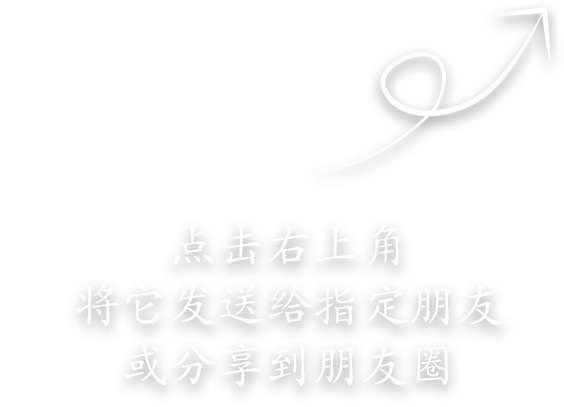Interpretation of the Fourth Standard on October 25, 2024: Interpretation of the Content of Three Seawater Cooling Standards, including "Monitoring Method for Dripping Salt Deposition in Seawater Cooling Towers"
Our Chinese partner, Tianjin Desalination Institute, actively participated in the development of these standards, further demonstrating their technical expertise and leadership in the desalination industry. Below are the details of the newly released standards:
HY/T 0425-2024: "Monitoring Methods for Salt Deposition Caused by Droplet Drift in Seawater Cooling Towers"
This standard specifies monitoring methods for salt deposition caused by droplet drift in seawater cooling towers. It covers monitoring conditions, selection of monitoring points, layout of sampling devices, monitoring procedures, sample analysis, and result processing. It applies to natural-draft and mechanical-draft seawater cooling towers.
Globally, there are no existing standards or unified methods for monitoring salt deposition caused by droplet drift in seawater cooling towers. With the widespread adoption of seawater recirculating cooling technology in China and the increasingly stringent environmental regulations, establishing a unified and reliable standard for such monitoring has become urgent. This standard will help regulate the operation and maintenance of seawater cooling tower systems, meet the demands of environmentally friendly technologies, and significantly promote the development of seawater recirculating cooling technology in China.
HY/T 0187.1-2024: "Design Specifications for Seawater Recirculating Cooling Systems – Part 1: Water Intake Technical Requirements"
This standard replaces HY/T 187.1-2015 and specifies design requirements for water intake engineering of seawater recirculating cooling systems. It applies to the design of water intake projects for new, renovated, or expanded seawater recirculating cooling systems, with other seawater utilization systems also able to reference this standard.
Key updates in this revision include:
1.Optimized Water Concentration Ratio: The range has been adjusted from 1.5–2.5 to 1.8–2.5, balancing reliability and operational cost reduction.
2.Marine Ecological Protection: Added design requirements to prevent marine organisms from collision or entrapment in water intake structures.
3.Invasive Species Prevention: Supplemented requirements for mitigating the intrusion of marine organisms or foreign objects into water intake structures.
4.Safety Monitoring: Introduced design requirements for safety monitoring during construction and operation.
The revised standard provides more comprehensive and advanced guidance for the design of water intake and drainage projects in seawater recirculating cooling systems.
HY/T 0187.2-2024: "Design Specifications for Seawater Recirculating Cooling Systems – Part 2: Water Discharge Technical Requirements"
This standard replaces HY/T 187.2-2015 and specifies design requirements for water discharge engineering in seawater recirculating cooling systems. It applies to the design of discharge projects for new, renovated, or expanded seawater recirculating cooling systems, with other seawater utilization systems also able to reference this standard.
The updates in this standard align with HY/T 0187.1-2024 and provide specific design guidance to comply with the newly implemented national standard GB/T 39361-2020: "Requirements for Discharge of Seawater Cooling Water". This ensures that water discharge designs meet regulatory requirements and enhance the sustainability and environmental performance of seawater recirculating cooling systems.
Significance
These standards address critical gaps in the regulation of seawater cooling systems and reflect the growing emphasis on environmental sustainability and technological innovation in the desalination field. They provide standardized methods and design criteria to improve operational efficiency, protect marine ecosystems, and promote the development of cutting-edge seawater cooling technologies, reinforcing China's leadership in the global desalination sector.













Please first Loginlater ~